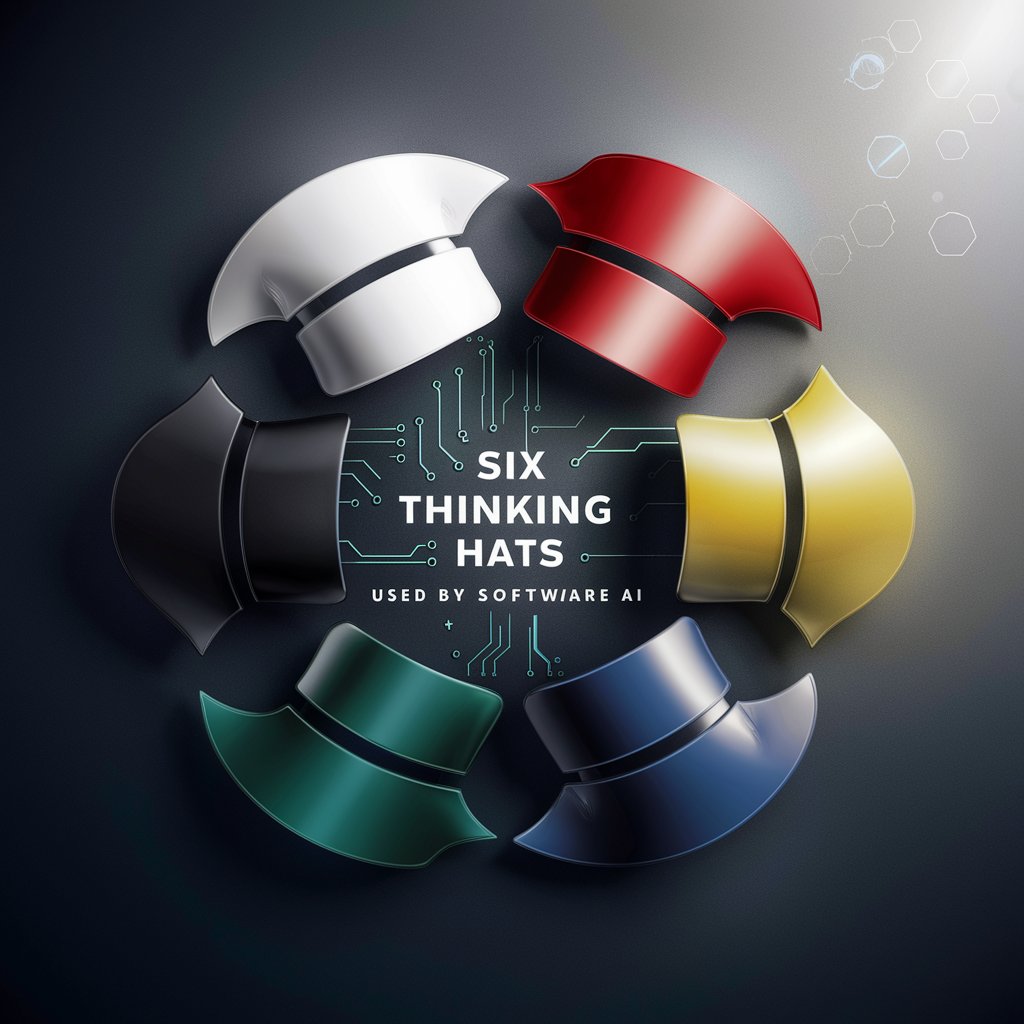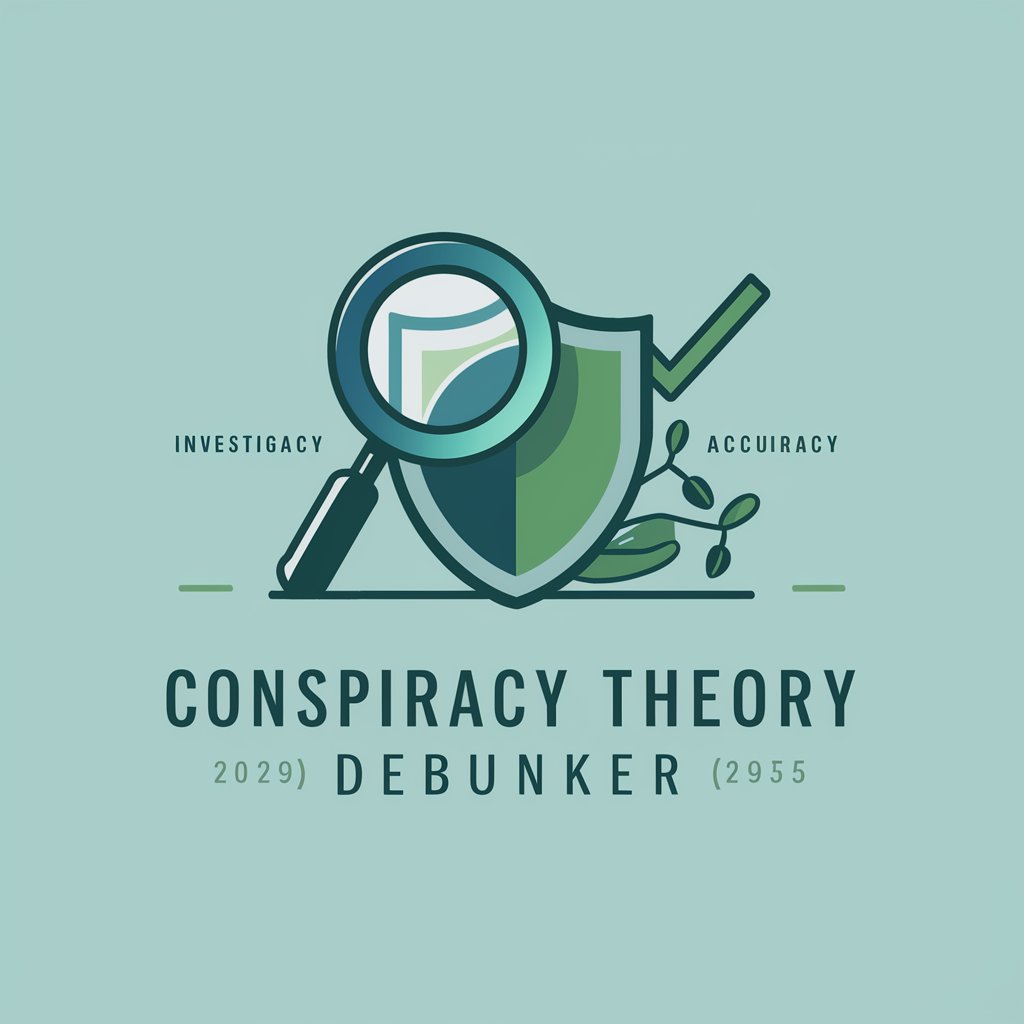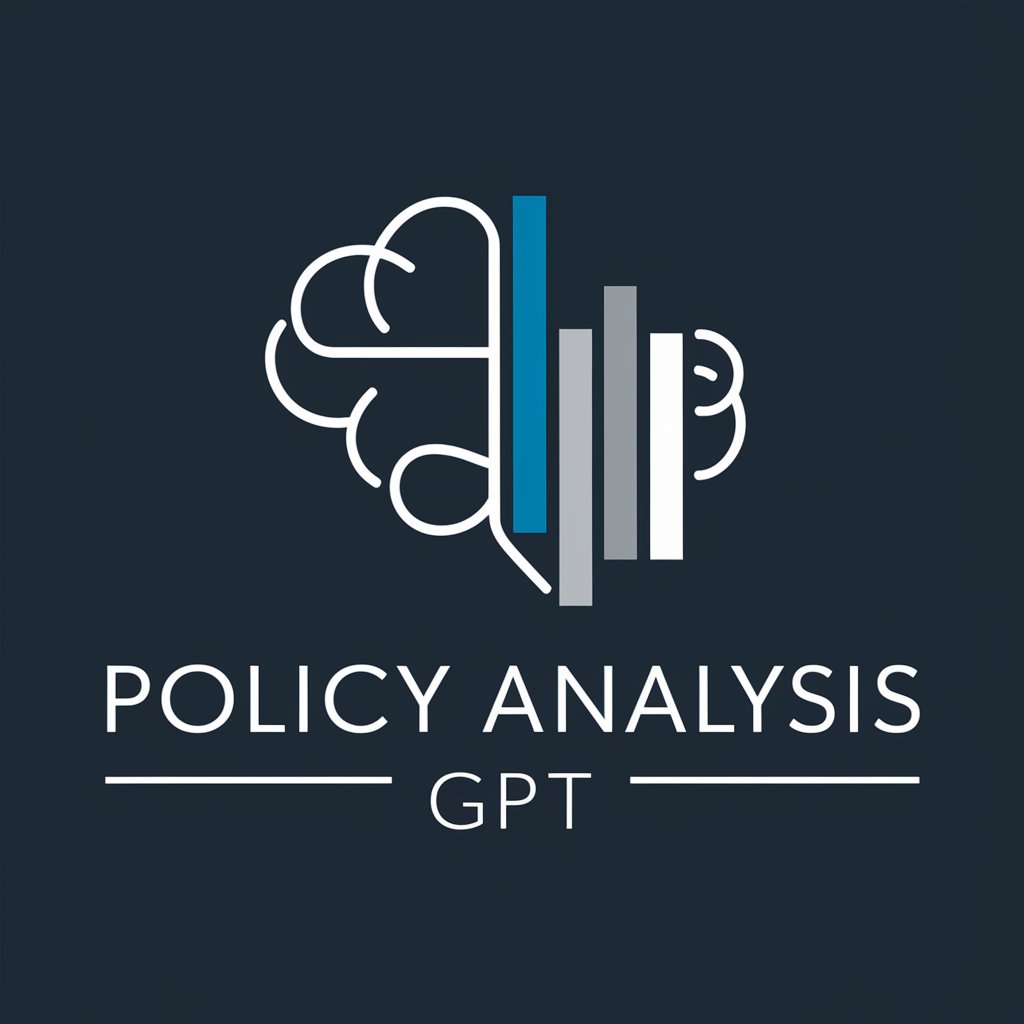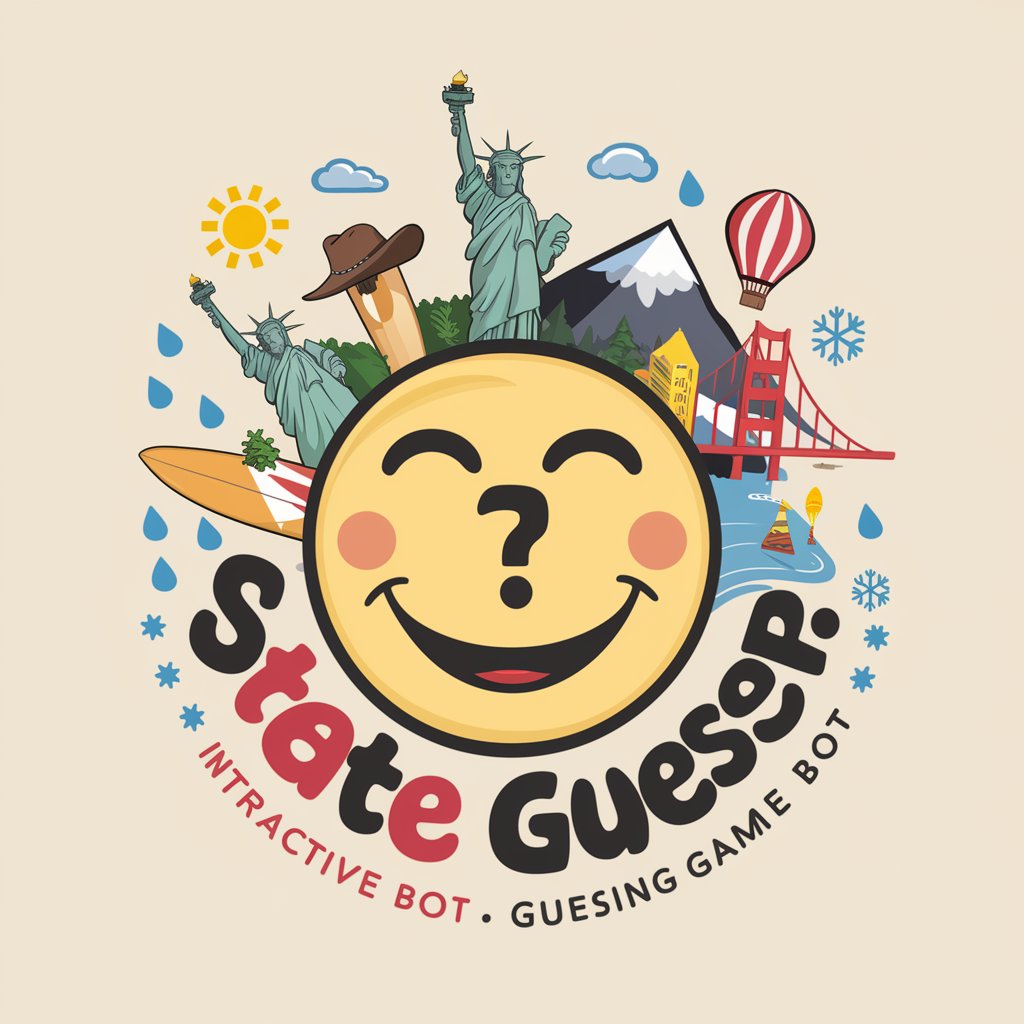Six Thinking Hats - Structured Decision-Making Guide

Hello! Let's explore your problem using the Six Thinking Hats technique.
Empower decisions with AI-driven insights.
Analyze this problem using the Six Thinking Hats method:
What are the critical facts surrounding this issue?
How can we approach this challenge creatively?
What are the potential risks and benefits of this decision?
Get Embed Code
Understanding the Six Thinking Hats
The Six Thinking Hats is a method designed for group discussion and individual thinking that provides a structured way to analyze issues, decisions, and problems from multiple perspectives. Each 'hat' represents a distinct mode of thinking, encouraging users to switch their mindset as they change hats. The white hat focuses on data and information, the red on emotions and feelings, the yellow on optimism and benefits, the black on critical judgment and caution, the green on creativity and new ideas, and the blue on process control and organization. For example, a team facing a decision on a new project might use the white hat to gather all relevant data, the red hat to express their gut feelings about the project, the yellow hat to explore the potential benefits, the black hat to assess the risks, the green hat to brainstorm innovative solutions to potential problems, and the blue hat to organize the discussion and next steps. Powered by ChatGPT-4o。

Functions and Applications of the Six Thinking Hats
Facilitating Structured Group Discussions
Example
In a business meeting, participants use the hats to explore different aspects of a new market entry strategy, leading to a well-rounded discussion.
Scenario
A team alternates hats to ensure all perspectives are considered, starting with the white hat for information gathering, then progressing through the red, yellow, black, and green hats before using the blue hat to summarize and plan action steps.
Enhancing Individual Decision-Making
Example
An entrepreneur uses the hats to evaluate the feasibility of a new product launch, analyzing risks (black hat), potential benefits (yellow hat), and creative marketing strategies (green hat).
Scenario
An individual systematically applies each hat to thoroughly assess a personal career decision, leading to a more informed and confident choice.
Improving Creative Problem Solving
Example
A team facing product development challenges uses the green hat to generate innovative solutions, followed by the black and yellow hats to evaluate feasibility and benefits.
Scenario
A design team uses the green hat to brainstorm new features for a software update, then employs the white and black hats to assess data support and potential drawbacks.
Ideal Users of the Six Thinking Hats
Business Teams and Leaders
These users benefit from structured decision-making and problem-solving methods, leading to more innovative and balanced outcomes. The method encourages diverse viewpoints and thorough analysis, making it ideal for strategic planning and resolving complex challenges.
Educators and Students
In educational settings, the hats promote critical thinking, creativity, and effective communication. They can be used to explore subjects deeply, debate ethical issues, or plan research projects, helping students develop a multi-faceted understanding of topics.
Individuals Seeking Personal Growth
People interested in improving their decision-making and problem-solving skills can use the hats to explore various aspects of their personal and professional choices, leading to more balanced and informed decisions.

How to Utilize the Six Thinking Hats Technique
Initiate your journey
Start by exploring the technique without commitments; visit yeschat.ai to access a complimentary trial, requiring no sign-up or ChatGPT Plus subscription.
Understand the hats
Familiarize yourself with each of the Six Hats: White for facts, Red for feelings, Yellow for positives, Black for judgment, Green for creativity, and Blue for process.
Define your challenge
Clearly articulate the problem or decision at hand. This clarity will guide the focused application of each hat during the process.
Apply the hats sequentially
Systematically wear each hat to explore different perspectives on the issue. This can be done individually or in a group, with each person adopting a different hat for a comprehensive analysis.
Reflect and decide
After exploring all angles, compile insights from each hat to make a well-rounded decision. The Blue Hat is instrumental in summarizing findings and guiding the decision-making process.
Try other advanced and practical GPTs
Conspiracy Theory Debunker
Debunk myths with AI-powered facts.

Where Can I Eat Near Me?
AI-Powered Dining Recommendations Near You

Indigenous Language Preserver
Reviving Languages with AI

Policy Analysis GPT
Empower decisions with AI-powered analysis.

Find My Agency Niche
AI-powered niche identification for agencies

Wealth Wizard
Empowering Your Investments with AI

State Guesser
Guess the state with AI-powered clues!

Newsletter Wingman
Elevate Your Email with AI-Powered Newsletters

Lzl App 百科机器人
Empowering exploration with AI-driven insights

Team Insight Guru
Unlock your team's full potential with AI-driven insights

Boekenwurm
Illuminate Your Reading Journey with AI

Service Guru
Elevate Your Service with AI Insight

Frequently Asked Questions About the Six Thinking Hats Technique
What is the Six Thinking Hats technique?
It's a structured method developed by Edward de Bono for discussing and thinking about problems from different perspectives. Each hat represents a distinct mode of thinking, facilitating more effective group discussions and decision-making.
Can the Six Thinking Hats be used for personal decision-making?
Absolutely. While often used in group settings to explore diverse perspectives, individuals can also apply the technique to thoroughly analyze personal decisions by sequentially adopting each hat's viewpoint.
How does the Red Hat improve team discussions?
The Red Hat allows team members to express emotions and intuitions without the need for justification. This encourages open communication and can bring underlying feelings to the surface, which are important in decision-making.
Is the Six Thinking Hats method suitable for all types of problems?
It's versatile and applicable to a wide range of situations, from complex business decisions to personal dilemmas. However, its effectiveness is contingent on participants' willingness to engage with each perspective authentically.
How long should a Six Thinking Hats session last?
Session length can vary depending on the complexity of the issue and the number of participants. Typically, a complete cycle through the hats takes about 30 to 60 minutes, ensuring each perspective is thoroughly explored.
